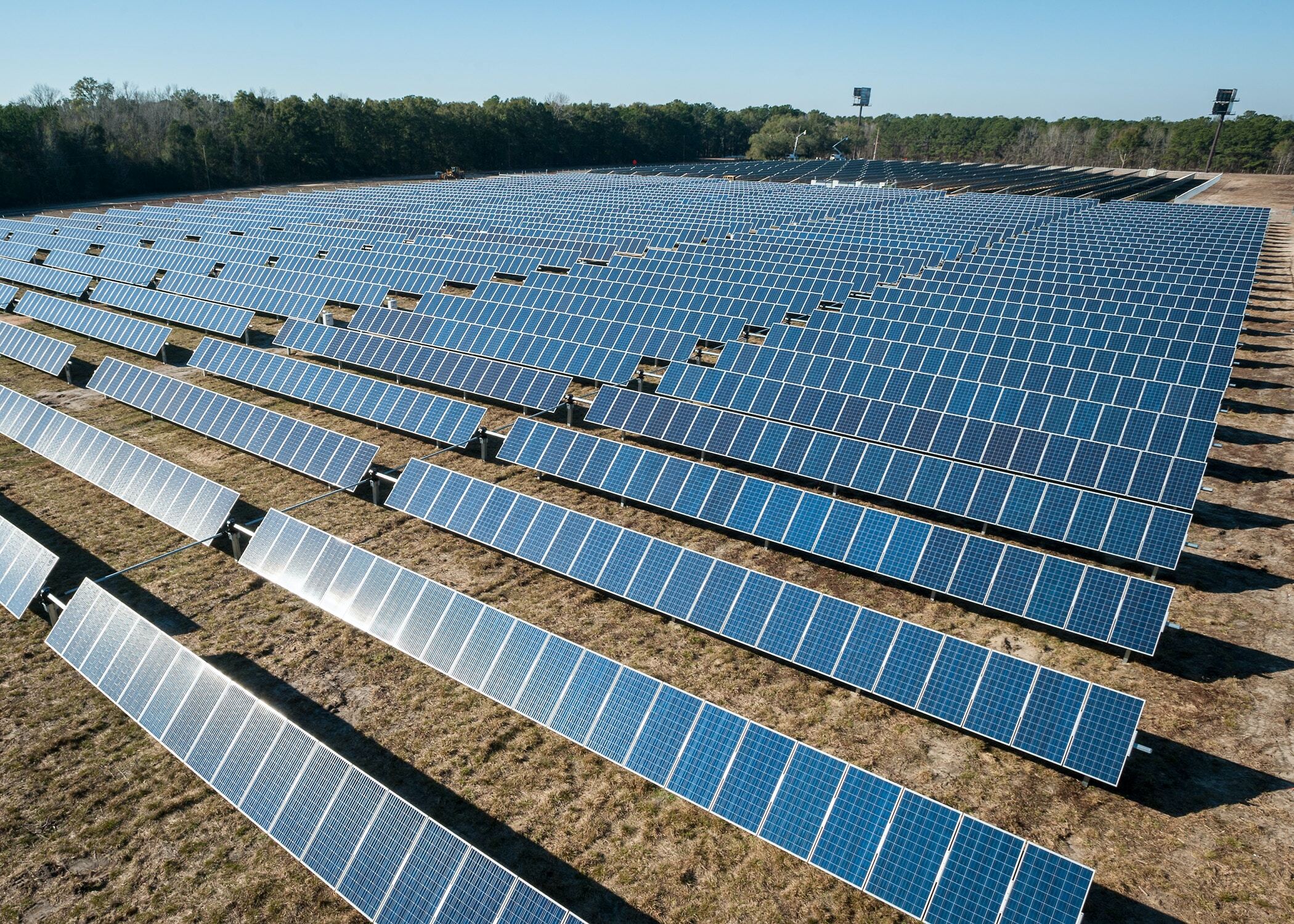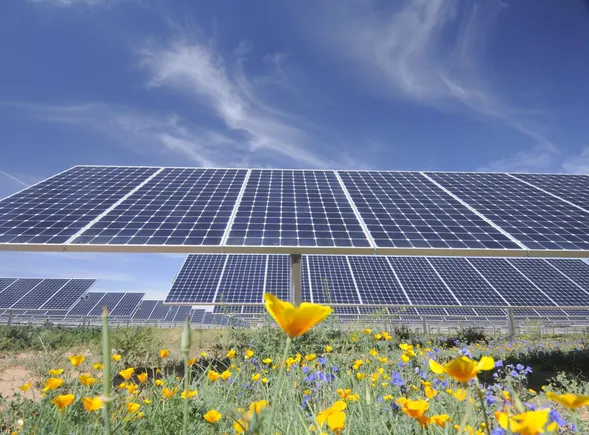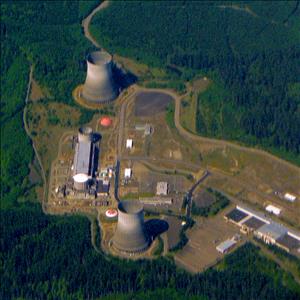
Solar ‘farm’ components are starting to fail after only 10 to 15 years
A recent article in Utility Dive describes a growing problem at solar facilities reaching the middle of their useful 25-year lives: the inverters used to...



Got any data supporting that? Or is that just something your feelings tell you? Because it's 100% BS.Not surprising considering what's happening with Wind Farms. They are pretty unreliable compared to the old technology used in coal fire plants, nuclear, and hydro plants built 40 years or more ago.
That and about 28k MW of natural gas and coal power plants due to freezing temps.What about the big outage in Texas a couple years ago? Ice buildup stopped wind turbine blades and shaded solar panels, major outage for days in sub-freezing temps.....
More slight of hand. If you worked in the industry for so long, then you would know that every single megawatt of energy renewables are supposed to generate is backed up by a firm source (hydro, coal, gas etc), so when the wind stops blowing and the sun stops shining there is no interruption. Renewables are terribly unreliable, and if the system only relied on them, there would be constant problemsI remember the last time we had a long outage due to the unreliability of renewable resources, it was awful. Oh, wait a minute, it's NEVER happened. I guess I don't remember it.
Technology has vastly improved in the last years.Yeah Nuclear is great right up until it is not. Then the consequences are pretty dire and permanent. NOTE: For all intents and purposes hundreds of thousands of years might as well be permanent. A few places that don't think nuclear is great come to mind. Ask those folks (survivors) how nuclear is working for them.
Table of Nuclear Reactor Accidents - Institute for Energy and Environmental Research (ieer.org)
Lists of nuclear disasters and radioactive incidents - Wikipedia
Got any data supporting that? Or is that just something your feelings tell you? 🤣Because it's 100% BS


The same reason there are all types of pollutants all over the world including the sites where they are mining all over the world for materials needed by Green Energy.And my question for the nuclear advocates/apologists is "If nuclear is so safe why are there so many radioactively contaminated places in the world?"
Of course CNBC left out part of the story - unless I missed it. Other sources report that Orsted gets to keep the $1 billion in subsidy that the NJ governor granted. Residents are suing the company and the state claiming the subsidy was illegal. Why are there so many issues with the green agenda?
/cloudfront-us-east-2.images.arcpublishing.com/reuters/T5ZI4MZ7M5O7ZAFOYOLNSXAKEY.jpg)
